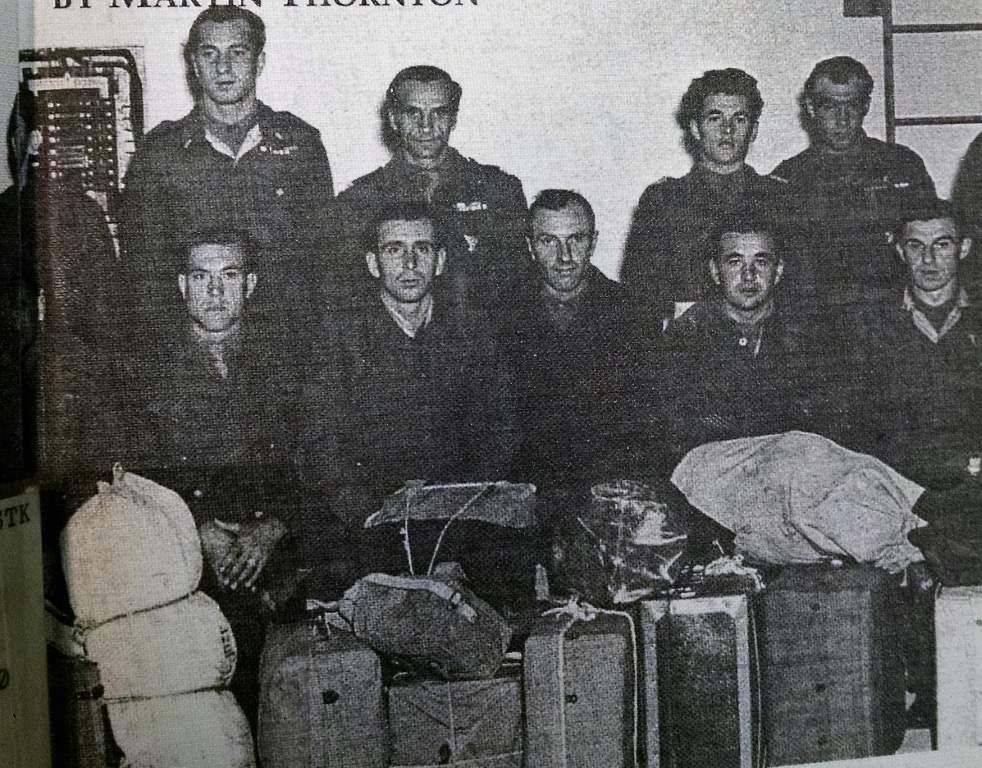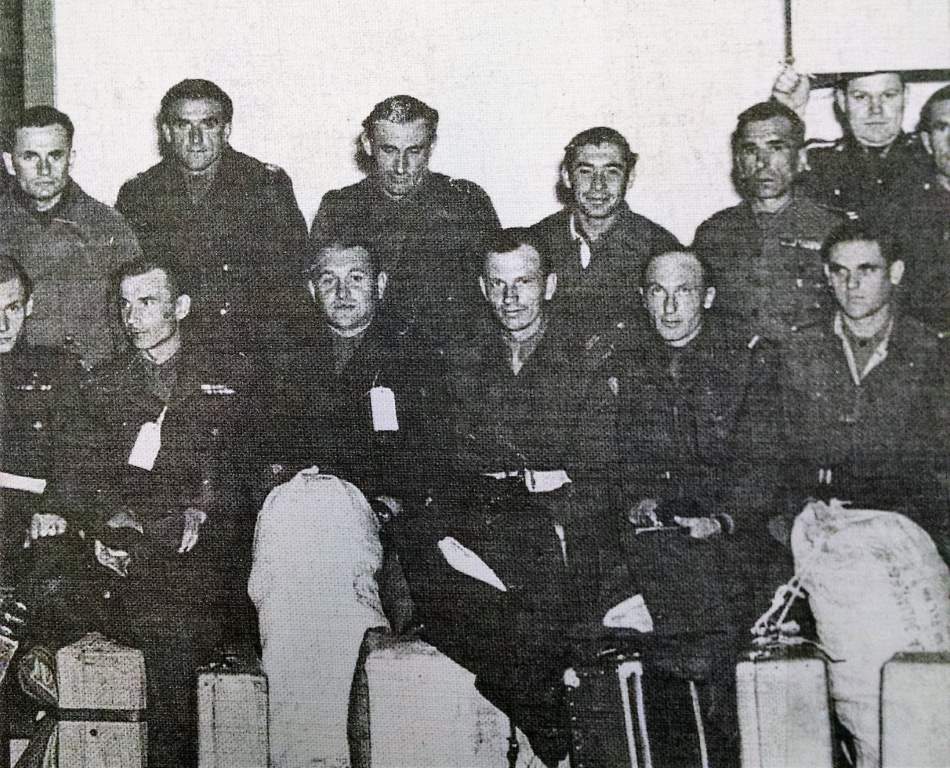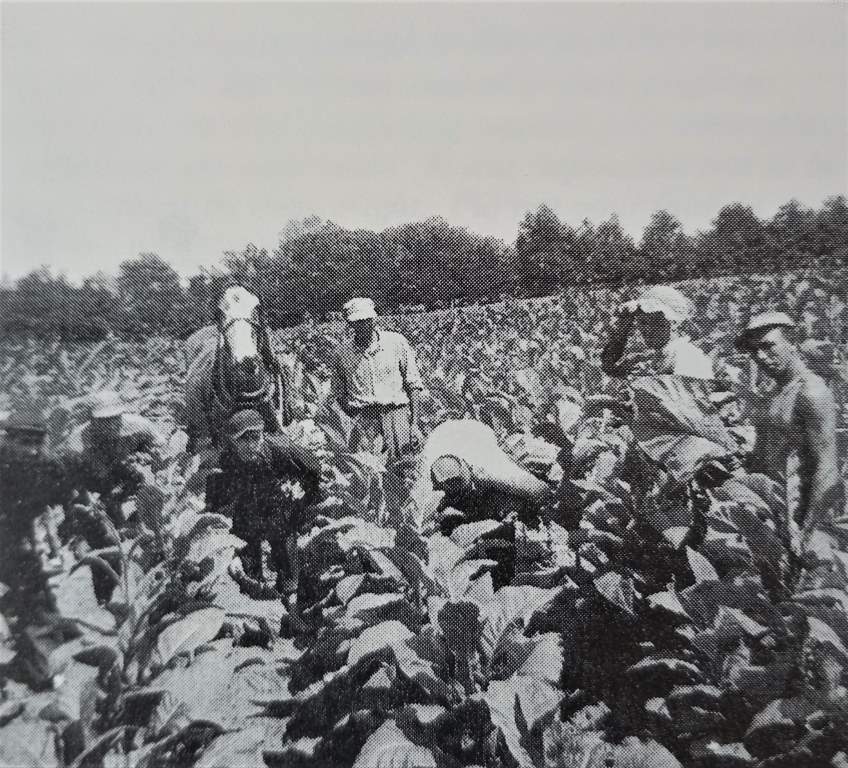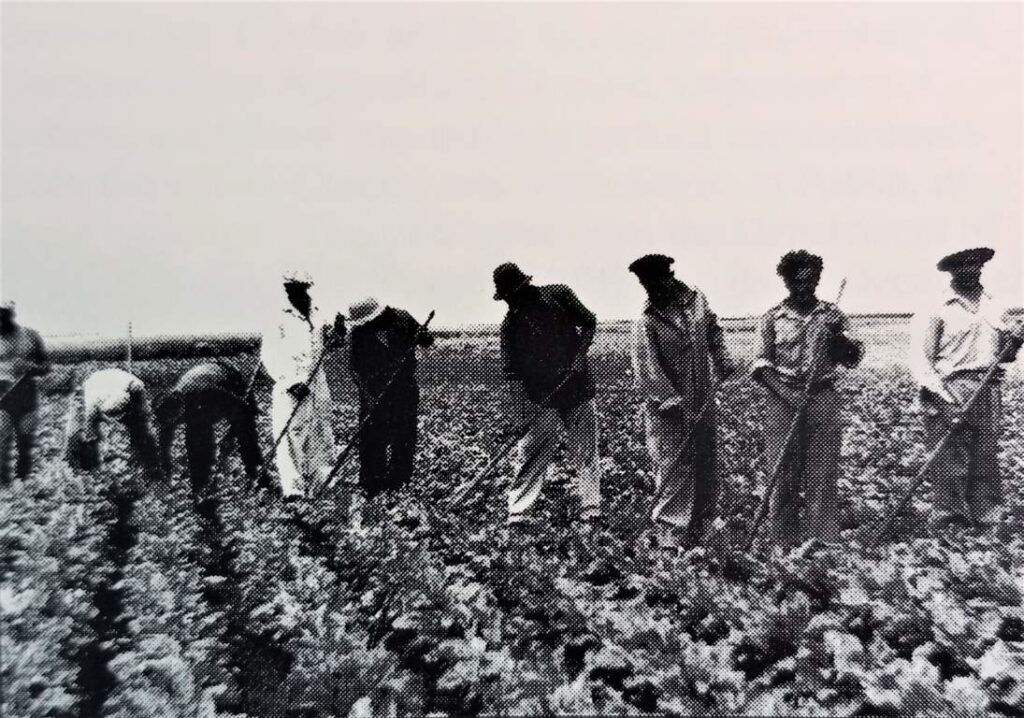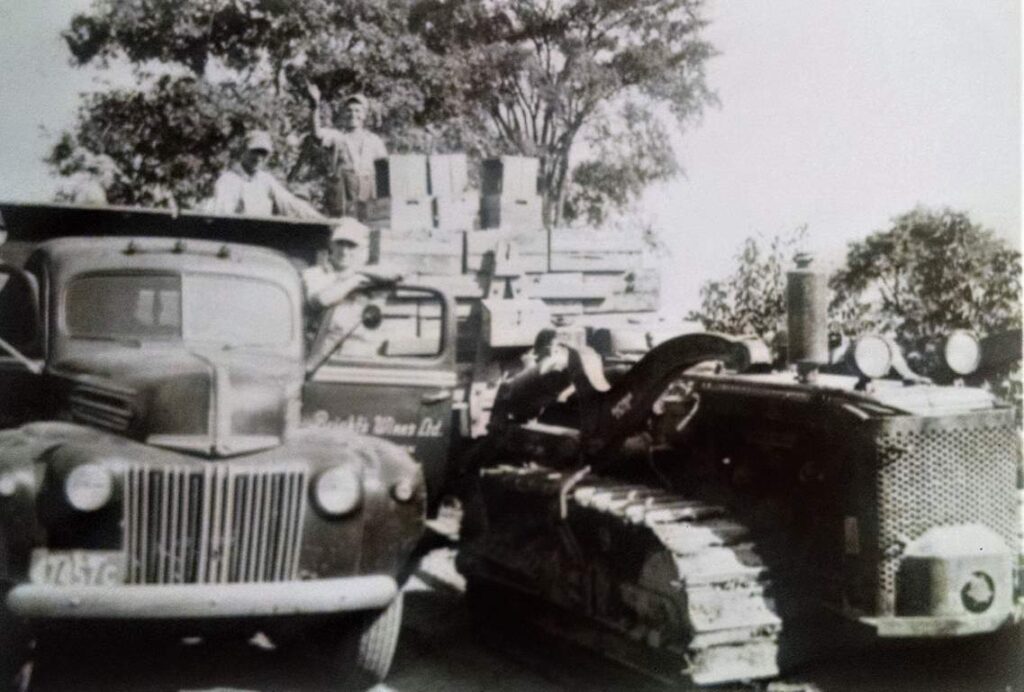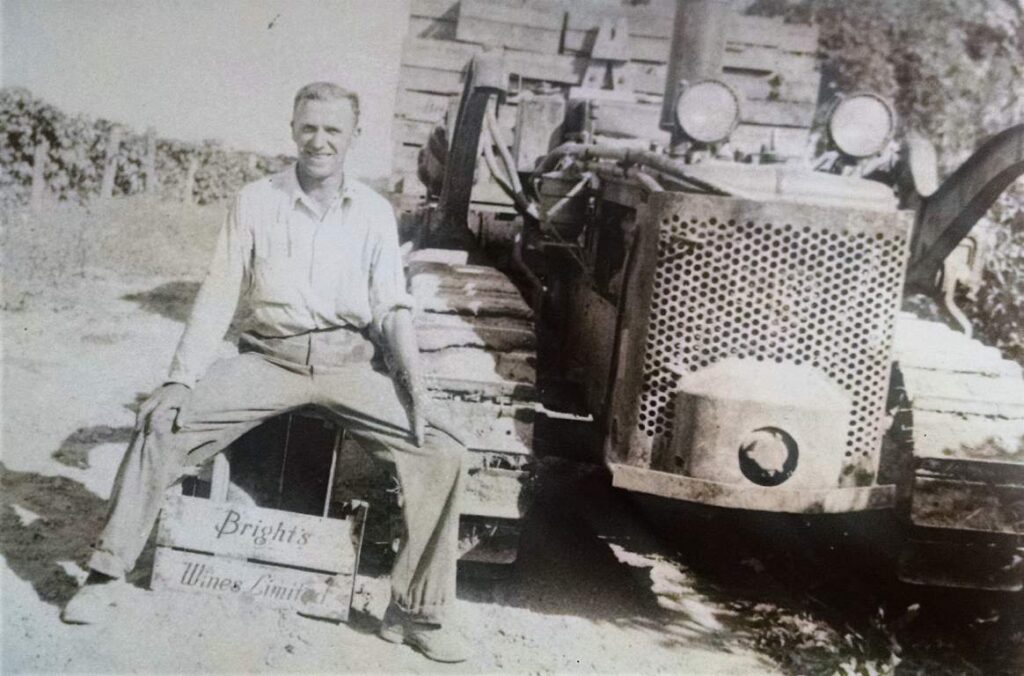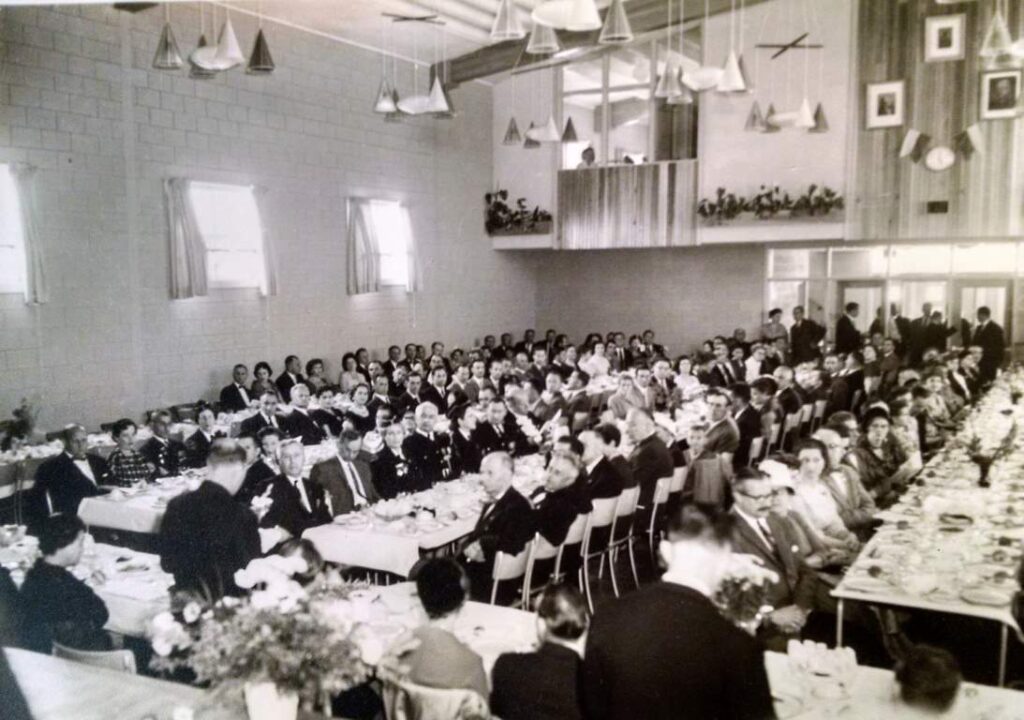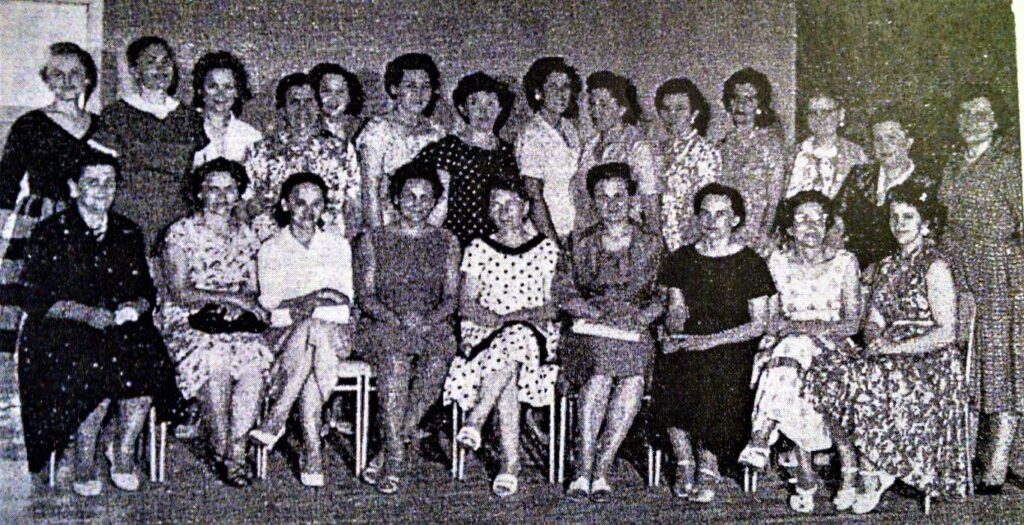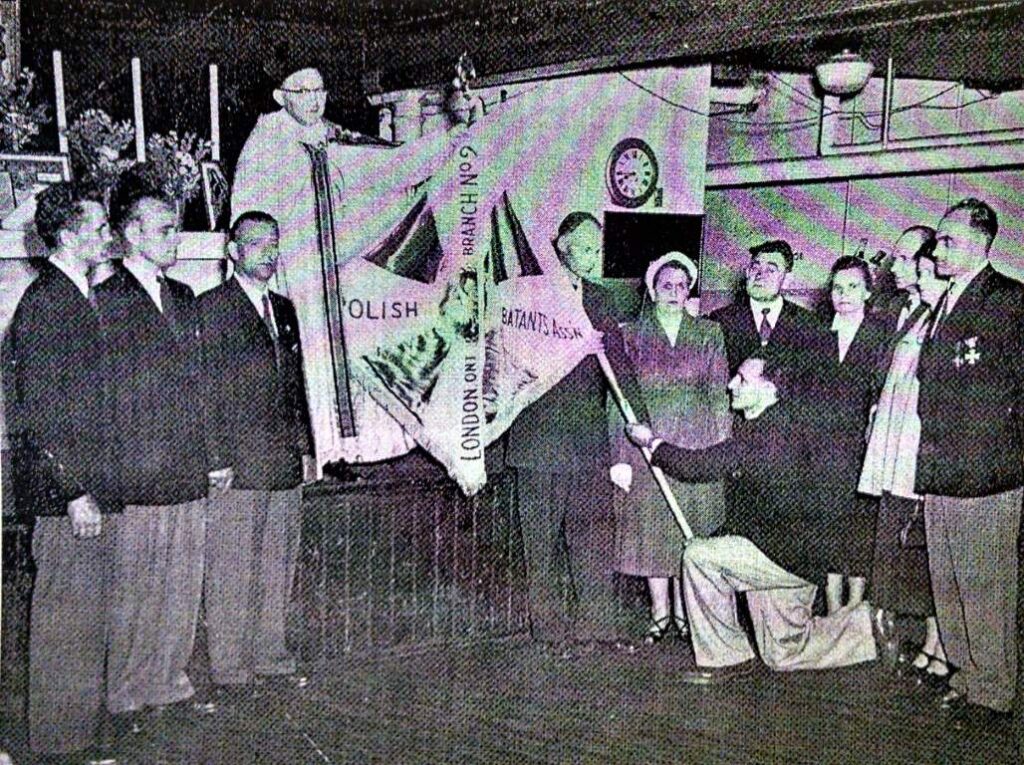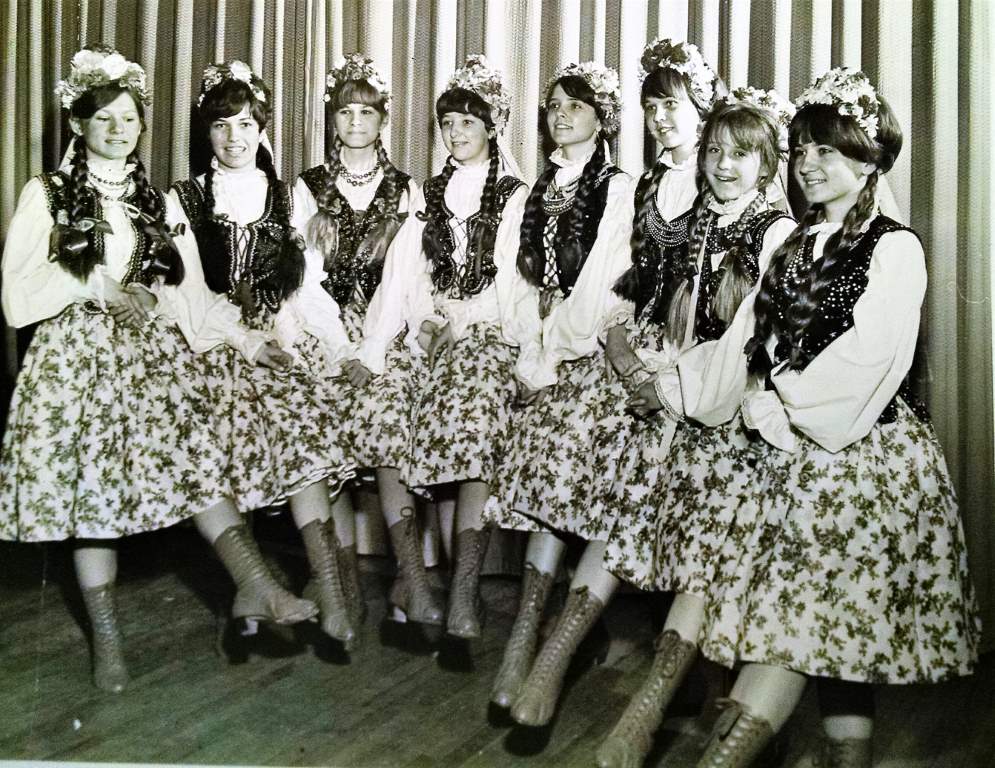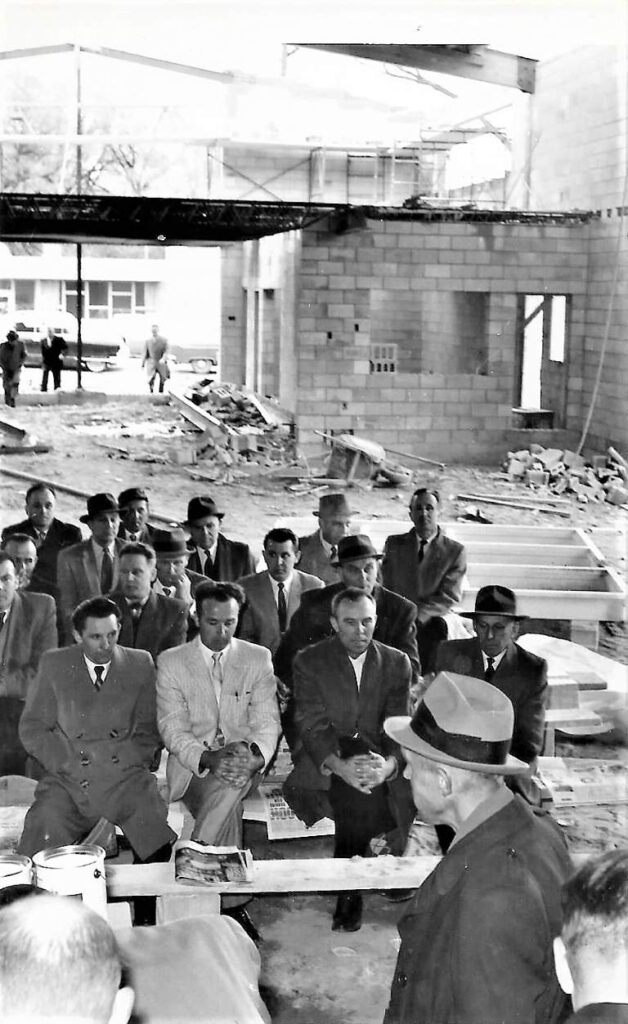
Introduction
On May 7, 1945, Germany officially surrendered to the Allies, bringing an end to the European conflict in World War II. In July 1945, in accordance with the Yalta and Potsdam Agreements, the Allies withdrew their support for and recognition of the legitimate Polish Government in Exile in London. On July 9, 1947, the Polish Armed Forces in the west were officially dissolved and General Wladyslaw Anders transferred responsibility for the protection of the Polish Military Standards to the Polish Institute and Sikorski Museum in London, England. As of that date, the Polish Armed Forces in the West ceased to exist and the men and women in those forces found themselves with a very uncertain future.
Approximately 600,000 Poles from the Polish Armed Forces, Polish civilians who travelled with General Anders’ Army, children from camps in India and Africa, political and cultural refugees, Poles from German forced labour camps, Poles from German prisoner of war camps—including those who surrendered after the Warsaw Uprising—and Poles from German concentration camps could not or would not return to a Communist Poland. Some of them knew that if they returned to Poland, they faced possible arrest and further imprisonment in Siberia.
Realizing that the Polish Government in Exile in London now had limited authority and very limited ability to act, these Poles understood that they were going to have to rely on their own resources. These people faced a very difficult situation. They had fought for almost six years on many fronts only to discover that their country was not free and that they would not be able to go home again. Many questioned what exactly they had fought for and why all the sacrifices had been made. Polish soldiers asked themselves, “Why did so many of our comrades die in vain?” While most allied soldiers could not wait to go home, Polish soldiers faced a very uncertain future, in foreign lands and far away from home.
At the end of the war, members of the Polish Armed Forces were spread across every country in Western and Southern Europe. The Polish Resettlement Corps was formed by the British Government in 1946 as a holding unit for members of the Polish Armed Forces who had been serving with the British Armed Forces and did not wish to return to a Communist Poland after the end of the Second World War. It was designed to ease their transition from military into civilian life and to keep them under military control until they were fully adjusted to British life. For Polish soldiers, the Corps was a necessary evil but it also underlined the fact that they were no longer part of the Polish Armed Forces. In order to give themselves some direct control over their futures, Polish soldiers, as early as 1946, began to form associations of Polish Combatants.
Wherever there were groups of Polish soldiers, units of the Polish Combatants’ Association sprung up. A meeting of all these separate units was called in August 1947 in London, England, for the purpose of uniting these groups into one large organization. The purpose of this organization in the immediate future was to assist Polish Veterans with resettlement on every continent on the planet and, in the longer term, to maintain and realize in every Polish immigrant community and in every country the idea of an independent and free Poland. For many of these soldiers the war was not over. The struggle for an independent Poland continued.
In the fall of 1946, in accordance with agreements between the Governments of Great Britain and of Canada dealing with the resettlement of war immigration, the Canadian government decided to accept Polish Veterans as replacements for the departing German prisoners-of-war who had worked on farms and in lumber camps while in Canada. The first group of 1,691 Polish soldiers of the Polish Second Corps left from the Falconara Camp, near Ancona in Italy, on their way to Canada. The first meeting of the Stowarzyszenie Polskich Kombatantow/ Polish Combatants’ Association (SPK), Canadian Branch, took place on November 3, 1946, in Italy before the soldiers boarded the SS Sea Robin, which would take them to Canada. When the first two groups of Polish soldiers landed in Halifax on November 23, 1946, the first executive of SPK Canada also stepped off the ship. The second ship, the Sea Snipe, left Italy with 1,185 men on board. Between 1946 and 1947, some 4,527 Polish ex-servicemen were resettled in Canada out of a total of 261,000 immigrants who were accepted in Canada during the same period.
In 1959, the global structure of SPK was changed at a world conference, at which point it was transformed into a federation of independent national organizations.
Polish Veterans and the Government of Canada
In 1945-1946, the Canadian government was reluctant to absorb Polish Veterans and refugees who were stranded in Europe after World War II. The International Refugee Organization and the British government began to pressure the Canadian government to accept more of these people. Canada set up a Senate Committee on Immigration to consider the desirability of admitting more refugees. In July 1947, the Senate Committee on Immigration submitted a report advocating for a substantial increase in immigration.
Although the first responses from the Government of Canada and Canadians in general might be described as frosty, it must also be recognized that these relationships began to steadily improve, especially as the Government of Canada began to trust more in SPK in Canada. For example, by 1948 SPK was invited to send a representative to attend an inter-provincial conference of ministries of labour and obtained an official charter officially establishing SPK in Canada.
On November 26, 1950, the Canadian Government adopted a more open immigration policy, and between 1947 and 1951 some 36,549 displaced Poles entered Canada, including those who were forced to flee Poland during the Fascist aggression, or were compelled to work as forced labour for the Germans.
In 1953, a general meeting of the SPK was held in Ottawa where the delegates were addressed by several federal cabinet ministers as well as the commanding officer of the Canadian forces during World War II, General Crerar. By this time, it is safe to say that the Polish Veterans had been accepted in Canada.
Stowarzyszenie Polskich Kombatantów (SPK) in Canada
The first branch of the Polish Combatants’ Association, Branch No. 1, was formed in Port Arthur, Ontario, the second in London and the third in Vancouver. In 1948, the first general meeting was held in Winnipeg. The first Executive of SPK Canada was stationed in Winnipeg although the headquarters was soon moved to Ottawa.
In October 1947, there were already 20 functioning SPK branches in Canada. In 1950 there were 23 SPK branches and 1,500 members. In 1958 there were 27 branches. The initial concern included the care and representation of those exploited by unscrupulous employers and aid and advice to members seeking work or accommodation at the completion of their contracts. In 1949, the emphasis shifted to long-term political and cultural matters.
SPK Canada, as an independent organization, was here to function over the longer term, committed to making a life for Polish Veterans in Canada and encouraging them to obtain Canadian citizenship and to take on the rights and responsibilities of an active life in Canadian society. SPK also became an active supporter of the Canadian Polish Congress and initiated contacts with the Royal Canadian Legion in order to better facilitate cooperation and support between two like-minded organizations.
Beginning in 1955 and expanding on their work with the Fund to Aid War Invalids, the SPK Branches were encouraged to set up local credit union branches in order to further assist Veterans. At the same time many branches undertook to build their own facilities, with the first one opening in Ottawa, while the SPK Hall in London opened in 1960.
SPK in London
Starting in 1946, approximately 400 Polish Veterans arrived in the London area. The SPK Branch No. 2 in London was formed on January 1, 1947, when the first meeting was held in the hall of the Polskie Stowarzyszenie Narodowe (PSN)/ Polish National Association, under the leadership of Tadeusz Sokolowski, who was elected the first president. On October 5, 1947, a general meeting was called at which 315 members attended. The main issue at this meeting was concerns with living and working conditions on the farms and with the farm contracts. Farm conditions began to improve after this meeting thanks to the ongoing dialogue between SPK and the Canadian government.
The Branch immediately got involved in cultural and educational activities such as dances and commemorations of important military historical events, amateur theatricals, film nights, the creation of a library and, in 1949, the development of a ladies’ auxiliary under President Helena Jedrzejowska. SPK also began to put on shows and food booths at the Western Fair.
In the early 1950s many young Polish women and children began to arrive from Polish camps in Africa, India and Germany. In a way this completely changed the dynamics of the membership of SPK Branch No. 2. Now there were many more women involved, weddings took place and young families were formed, and family life and work became an immediate priority for many of the Polish Veterans.
authors: Stan Skrzeszewski & Barbara Slabon with Mary Ferenc & Magda Hentel
Polish Combatants’ Association, Branch 2
March 18, 2022
